概要
The Solar1000 is an automated data-acquisition system specifically designed for solar monitoring applications. The standard package is designed to meet CaISO standards with AESO variants available. Systems are easily customized with accessories for every aspect of the station, from communications to mounting options.
Typical applications include pre-construction phase solar resource assessment, baseline data collection, and performance monitoring. The Solar1000 simplifies the process of collecting system data by acting as the single point data gateway for environmental, inverter, and meter data.
計測
これらのシステムはオプションの測定を提供しますが、通常は次のパラメータを測定します。
- 気温
- Solar radiation—global horizontal (GH)
- Solar radiation—plane of array (POA)
- Surface temperature—back of panel
- 風向
- 風速
- 降水
- 大気圧
利点と特徴
- Contains a Campbell Scientific CR1000 Measurement and Control Datalogger
- Makes thermopile-style irradiance measurements
- Makes thermocouple back of module temperature measurements
- Includes sealed circular connectors on the outside of the enclosure, simplifying sensor hookup
- Reduces installation time by using a prewired/preprogrammed integrated design
- Supports Dynamic Host Configuration Protocol (DHCP) and static IP configuration
- Provides a battery back system that allows data collection during power outages and network failure
- Acts as single point data gateway for environmental, inverter, and meter data
- Modular design promotes customization
- Modbus, CanBus, and DNP 3.0 compliance simplifies integration
イメージ
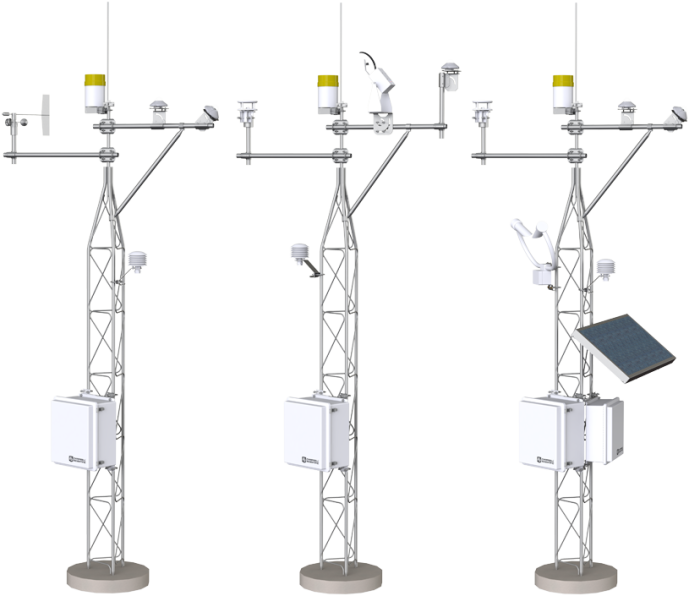




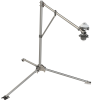
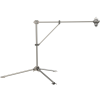
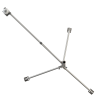
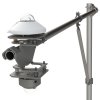
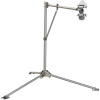
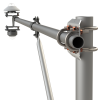
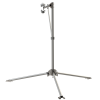
よくある質問
SOLAR1000に関するよくある質問の数: 8
すべて展開すべて折りたたむ